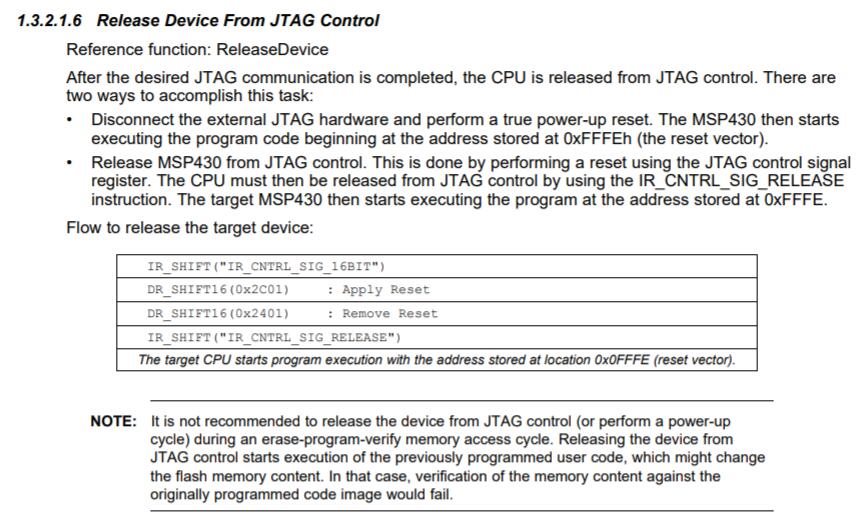Other Parts Discussed in Thread: MSP430F2252
Hi,
My customer has the following concern, could you please recommend a solution?
We are using an MSP430FR58471 as a system controller on our latest
family of boards (where previously we have used the MSP430F2252).
Something new we are running into is a high power draw state that
occurs when the part is put into JTAG mode. We do not have this issue
with the MSP430F2252. We are hoping there is some port config we are
not familiar with on this part that needs to be setup after the part
gets put into JTAG mode. Is there anything you can tell us or point us
to?
Thanks,
Chuchen



